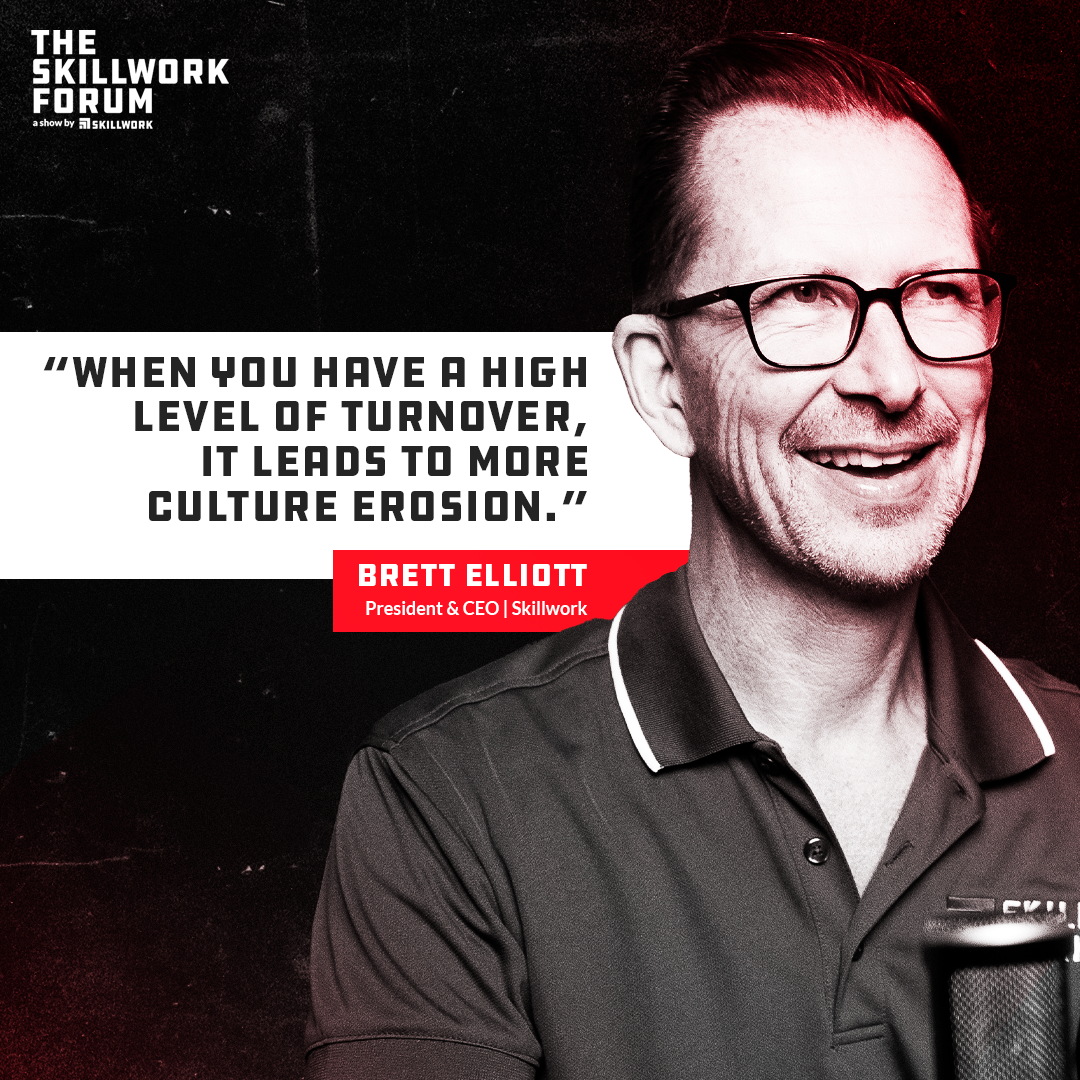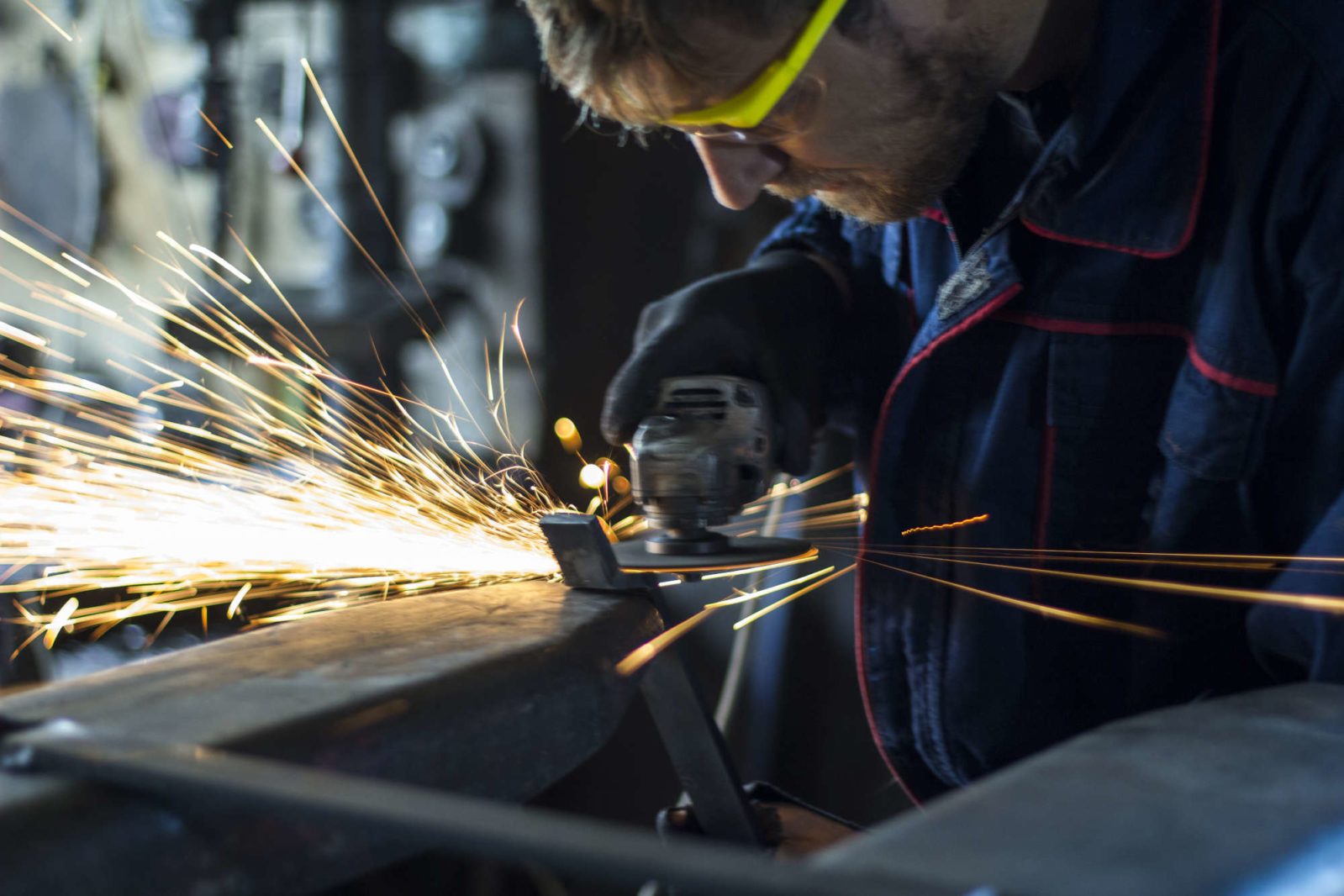How to Reduce Attrition in Manufacturing
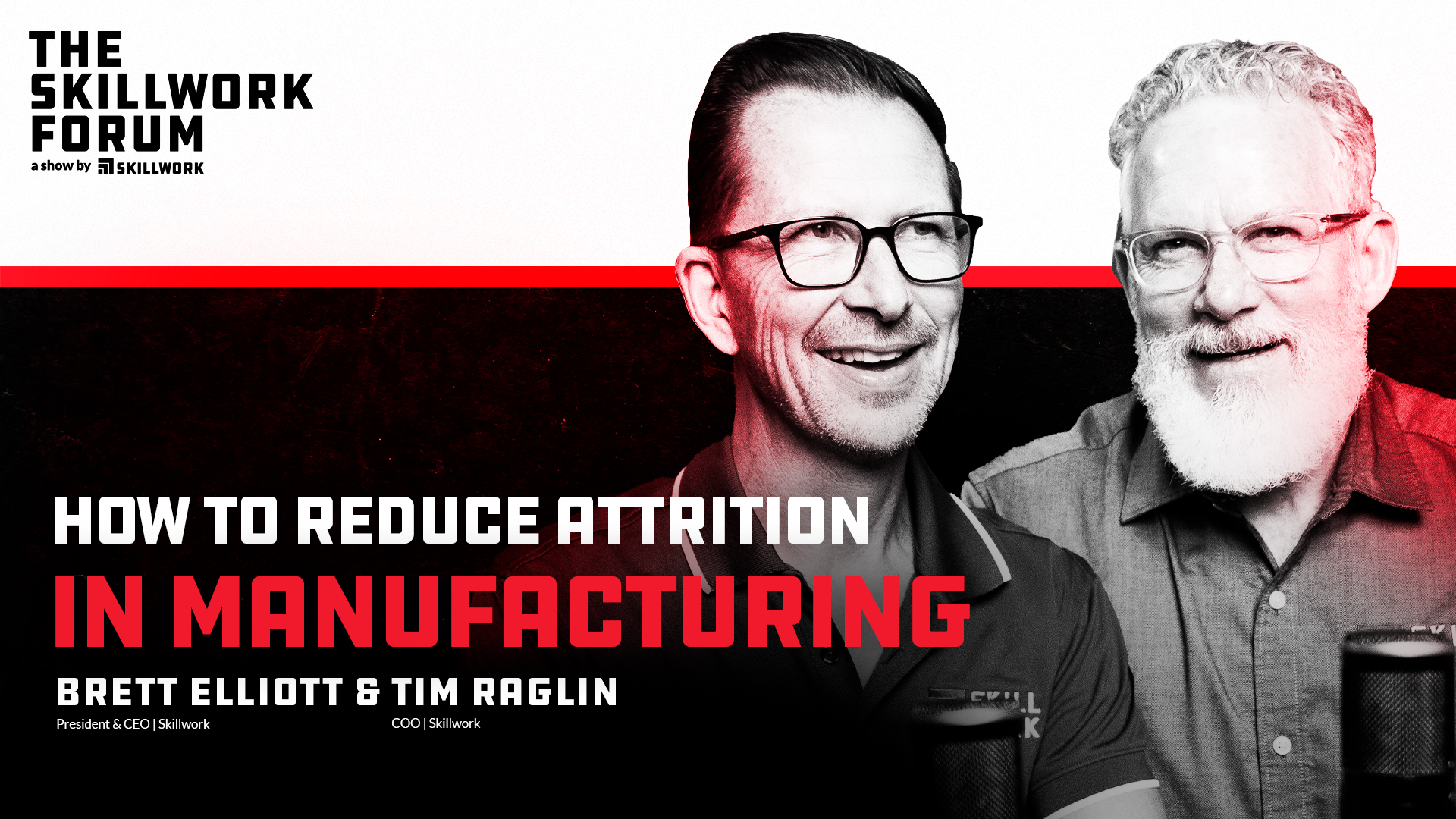
Most business leaders in the trades are struggling with attrition. It’s been a problem in the past with frontline workers, but in today’s “Great Resignation” economy and coupled with the overall shortage of skilled workers, it’s become a serious issue for skilled positions as well. Companies in the skilled trade space are now exceeding a 50% turnover rate.
Luckily there are some things that you can do to decrease attrition and its negative side effects. In this article, we discuss why attrition is happening, contributing factors, and what can be done to avoid it as much as possible. You might not get rid of attrition entirely, but you can stay ahead of your competition.
Ready to reduce attrition in manufacturing? Keep reading to learn how.
Communicating Vision is Crucial to Your Organization
You need a vision to get everyone pulling in the same direction
Proverbs 16:11 says “Without vision, the people perish.”
It’s vital that you have a common vision in the workplace. This is something for your employees on every level to look to for guidance and clarity. It’s studied that companies with a shared vision are effective in seasons of stress.
Companies don’t often think about this when it comes to their skilled tradesmen—but communicating vision is crucial. It’s the lifeblood of your organization and allows your team to see what you’re really about. The truth is, everyone wants to feel like they’re a part of something.
If you don’t have direction and clarity, you will see chaos in your organization.
Get your employees involved in the bigger picture
Do your employees feel a sense of ownership in the vision of your company?
Connect your frontline workers to something bigger than just showing up and getting through a shift by communicating your vision. Here’s the important part: this cannot be shallow or inauthentic. A vision is not just another company slogan, it has to be something from leadership all the way to entry-level employees that everyone believes and lives out.
Make sure your skilled workers feel respected and valued by communicating vision to them, letting them know how things are going and the greater impact of their work. If you assume they’re just there to do the job and that’s it, you’re missing out on a vital piece of company culture that makes people want to stick around.
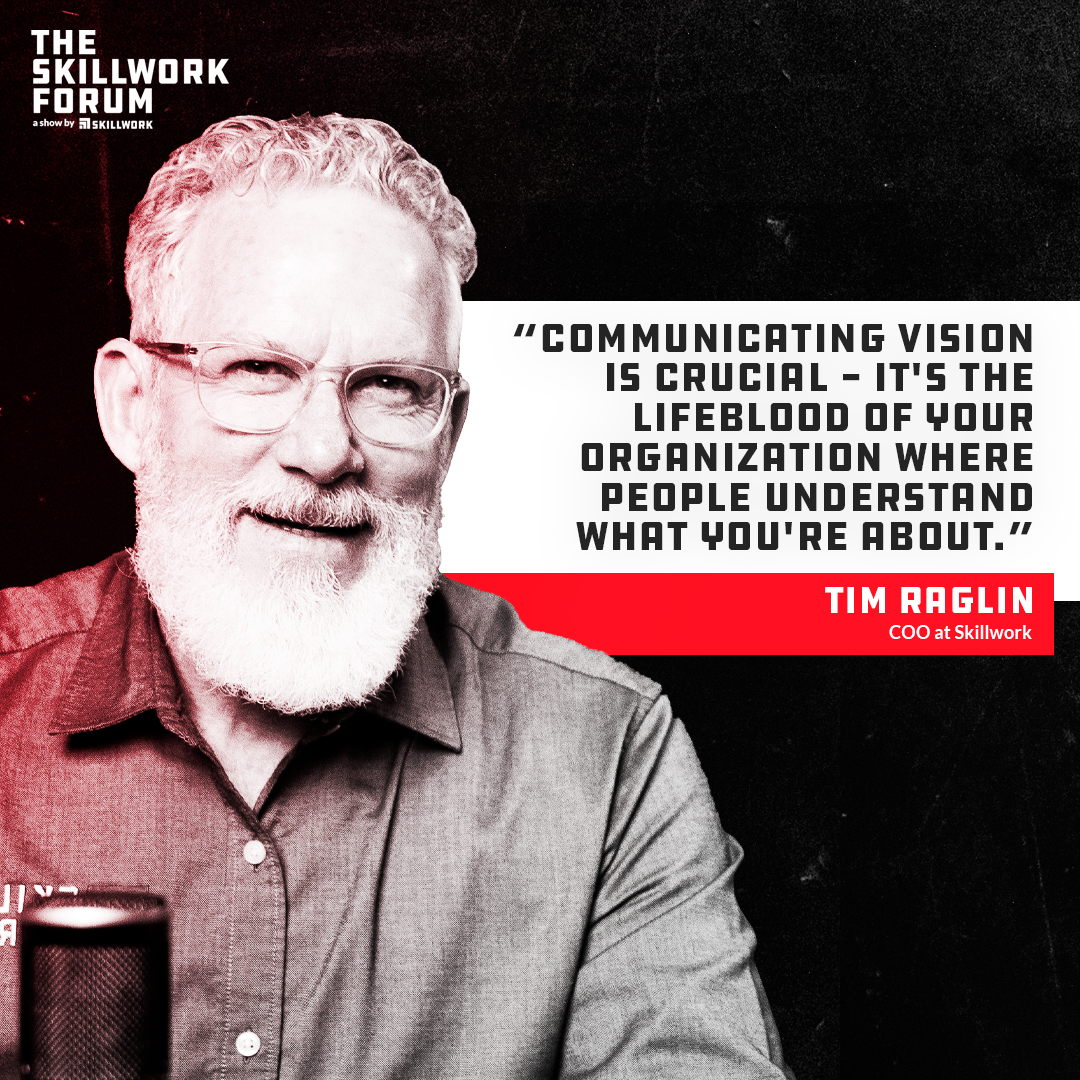
Important Steps of the Hiring Process
Hire smart
If you can’t find the skilled workers you need to keep your plant running, it’s tempting to lower the standard when hiring so you can fill positions. We’ve seen this trend in recent years where companies accept under-qualified workers with the idea that they can just train them on the job once they have the numbers they need.
However, lowering the bar actually increases turnover in the long term, causes frustration from your current team, and can lead to more accidents in your facility and drive up work comp. Companies unintentionally send a message to their current tradesmen that their job experience doesn’t matter when they continue to send in under-qualified workers. This also creates culture issues that become incredibly costly in the long run.
It’s a tough spot to be in because the workers with the expertise you need just aren’t there. Consider partnering with Skillwork to find the people you need from a national pool of highly vetted, experienced skilled workers to fill your gaps without lowering the bar.
Set your expectations of an ideal candidate
Remember, one great hire is better than five or ten bad hires—take your time to find the one.
You can involve your frontline workers here and ask them what their team needs in terms of personality and experience, or even let them have the final say since they’re the ones who will be working with the new hire.
This also has the added benefit of strengthening your vision and culture by showing your employees that their input matters.
Here are other things you should consider when it comes to the interview process:
- Make sure your job descriptions are specific instead of general
- Put together good questions that are tailored to the position
- Get thorough reference checks for skills, experience, culture, and personality
Make the interview matter
For many companies desperate to find workers, the interview process has become a formality to pass through, when it should be a key part of the hiring process. This is where you connect the on-paper skills and experience to the individual that you’re considering—it’s important!
If you want your interview to be effective at sifting through a pool of candidates to find the right one, have people in the skilled trade space part of the interview. Their level of knowledge and understanding will allow them to ask specific questions and get a firm grasp of the candidate’s abilities.
Oftentimes there is a direct correlation between challenges or chaos at a facility and the lack of clarity in their interview process.
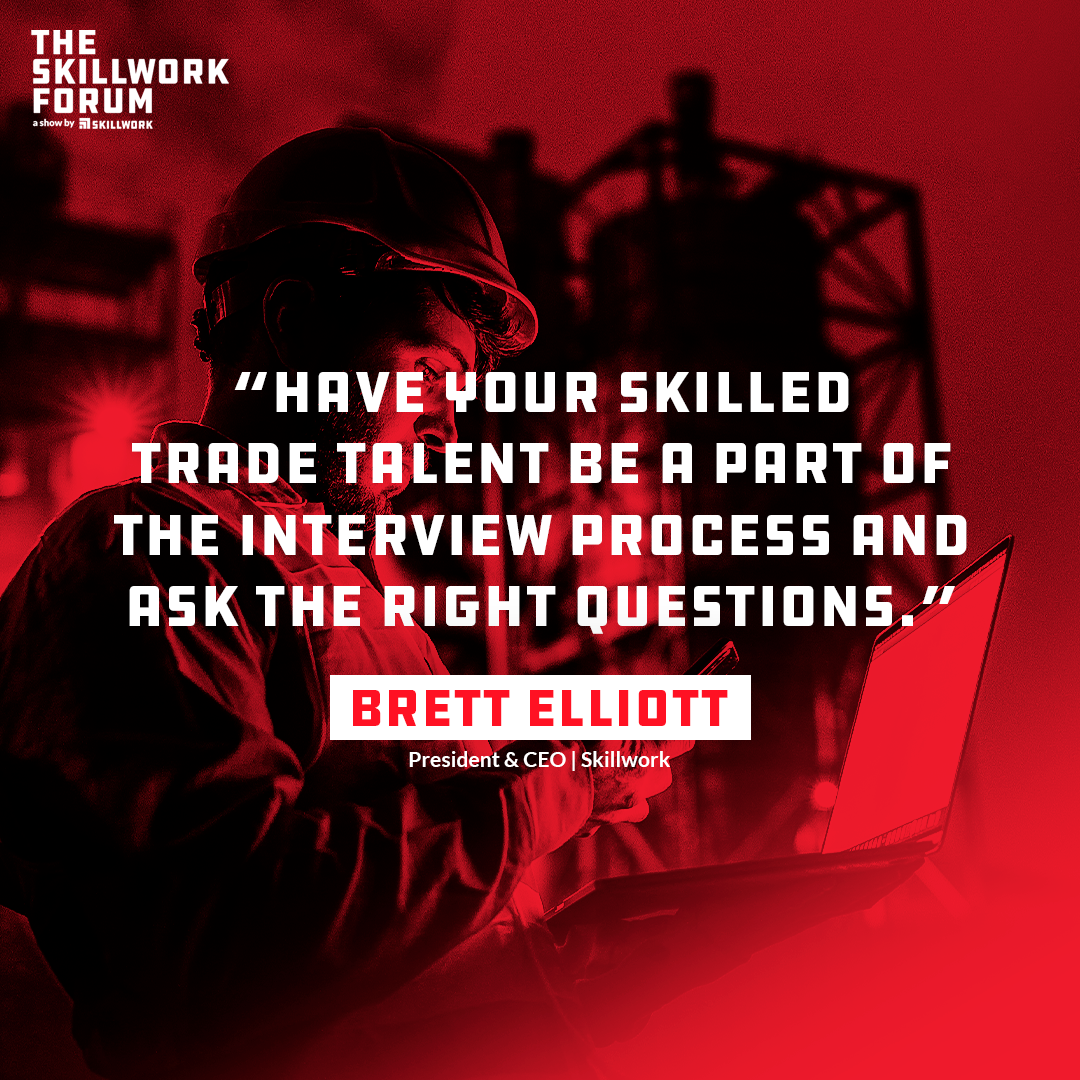
Work Environment
How your work culture affects hiring
At the end of the day, workplace culture is an enormous contributor to whether or not employees stay long-term or leave. Toxic culture significantly increases turnover.
Safety in the workplace is incredibly important—not just from a worker’s comp perspective, but how it contributes to your culture. Nobody wants to work in chaos or an unclean or unsafe environment. When you prioritize safety for your employees, what you’re really doing is communicating to them that you care about their wellbeing.
Respect is another key component of healthy workplace culture. It’s critical that you respect your skilled workers and make them feel valued.
Keep wages and benefits competitive
Minimize attrition by giving your employees fair wages and benefits. Obviously, all the money in the world won’t keep your facility fully staffed if there are significant problems in the hiring process or culture as we mentioned above. But you have to give people a good wage, especially in today’s inflated economy.
With prices going up nationwide, workers are looking for jobs that pay what they need to support themselves and their families.
If you’re not competitive with wages and benefits, your employees will find out. News travels fast and will cause a domino effect of people leaving for a position where they’re paid better. Stay on top of it by examining your current wages and benefits and comparing them to the competition. Companies that do this will be better prepared to reduce turnover.
Engage your employees
Invest in your employees by providing training, upskilling, certifications, and other opportunities to get better. This communicates that you care about them and that you are committed for the long term. If you’re not investing in your workers because you’re expecting them to leave, what’s the incentive for them to stay?
Investing in your workers is always a good bet. Avoid a bored and complacent staff by giving them challenges, opportunities to grow, and changing things up.
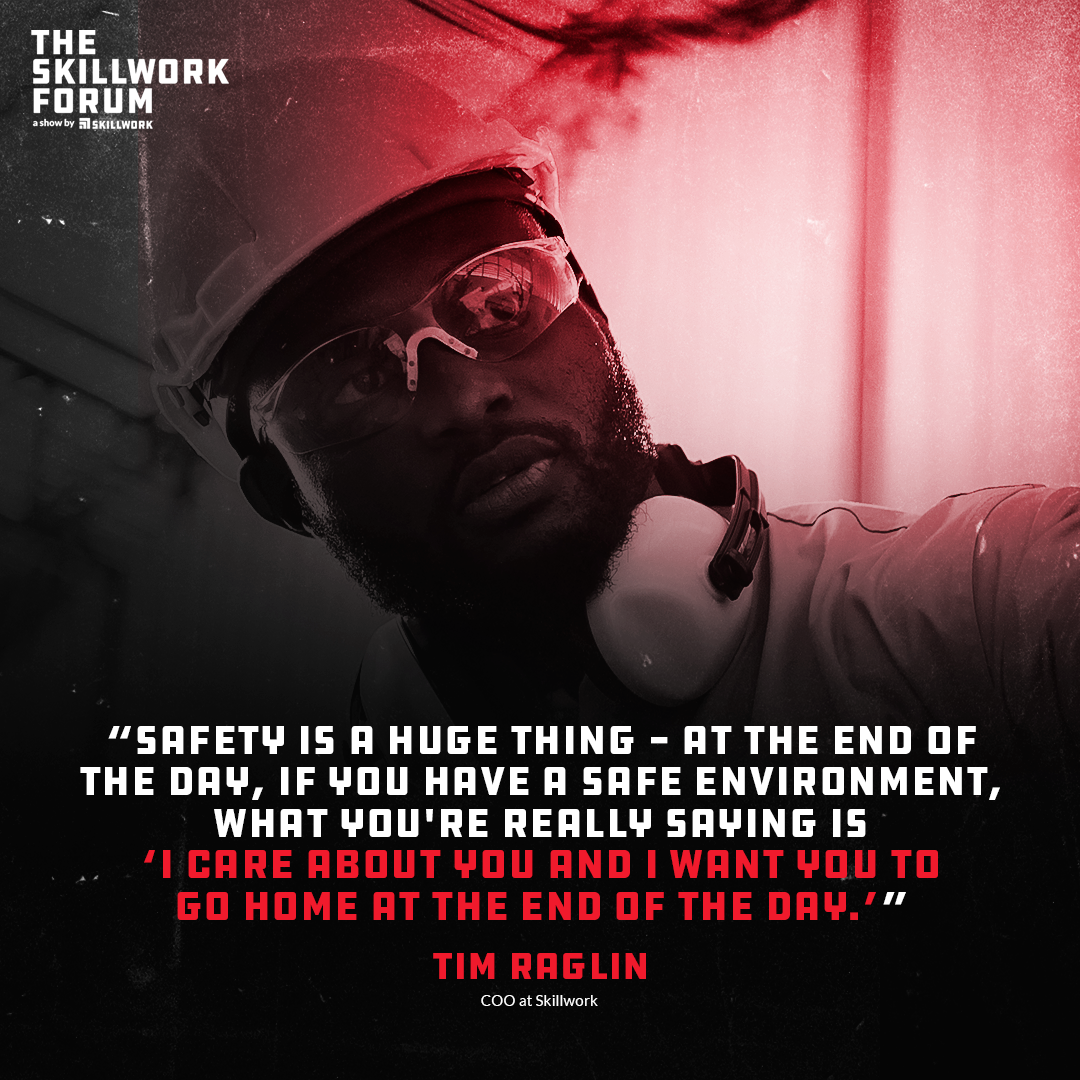
Conclusion
Smart business leaders stay on top of staffing trends and proactively plan to get ahead of risks for their business. While attrition is at an all-time high in the trades, you can mitigate that risk by communicating vision to your employees, having a smart interview process, and ensuring your work environment is healthy and thriving.
If you can’t find skilled workers that you need, contact us today for a risk-free consultation. We would love to help you so your organization can thrive.
